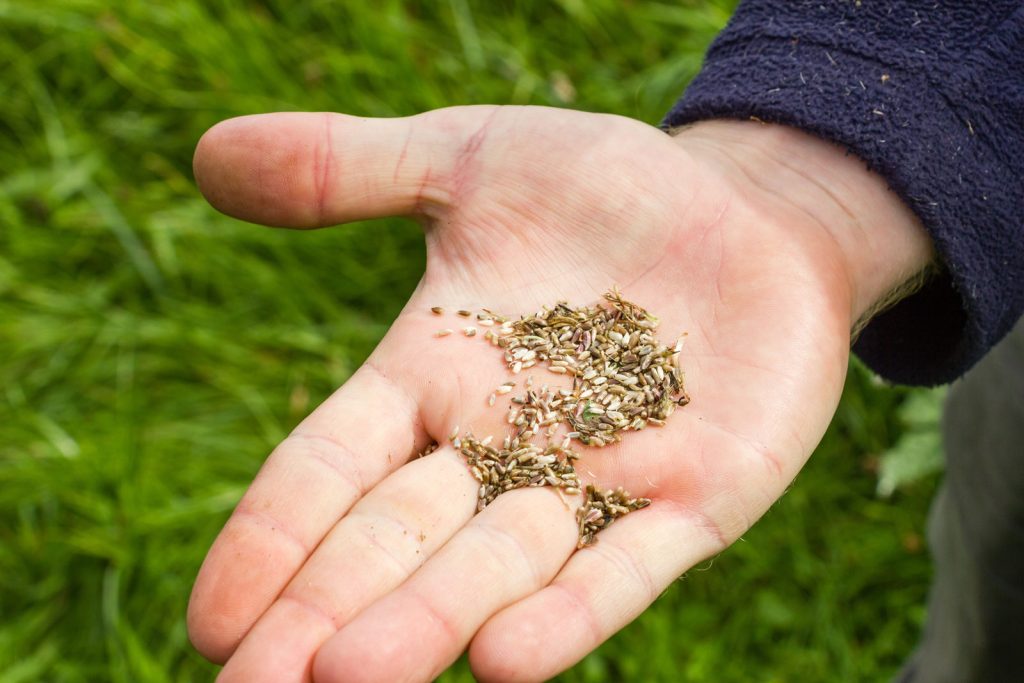How Cold Stratification Supports Germination and Drives CRP Project Success
Successful Conservation Reserve Program (CRP) plantings begin long before seeds reach the soil. One of the most critical, science-driven steps in the process is seed stratification, a natural simulation that plays a powerful role in ensuring high germination rates for native species. At FDCE, we integrate seed stratification into our turnkey CRP solutions because it significantly improves the odds of successful establishment.
In this post, we’ll explore what seed stratification is, how it works, and why it’s so important for CRP landowners aiming for long-term restoration success.
What Is Seed Stratification?
Seed stratification is the process of treating seeds to simulate the natural conditions they would experience in the wild, typically cold, moist winters, to trigger germination in the spring. Many native species used in CRP projects, particularly warm-season grasses and forbs, have evolved to rely on this seasonal cue.
Without stratification, these seeds remain dormant, waiting for the right environmental signals to break dormancy and begin growing.
How Stratification Works
Cold stratification involves exposing seeds to cool, moist conditions for a specific period, typically 30 to 90 days, depending on the species. This treatment softens the seed coat and initiates important biochemical changes inside the seed that prepare it for germination.
There are two main methods:
- Natural stratification, where seeds are planted in fall and naturally experience winter conditions
- Mechanical stratification, where seeds are stored under controlled refrigeration with moisture before spring planting
At FDCE, we pre-stratify seed lots in-house as part of our advanced seed processing protocols to ensure optimal germination regardless of planting timeline or regional climate.
Why Stratification Is Essential for CRP Projects
- Boosts Germination Rates
Stratified seeds germinate more reliably and consistently, which means fewer bare patches and more uniform cover across the project site. - Improves Seedling Vigor
When seeds are ready to grow the moment they’re planted, they develop faster root systems and are more competitive against weeds. - Reduces Risk of Establishment Failure
CRP contracts require timely and successful establishment. Stratified seed helps meet those requirements with greater confidence. - Shortens the Establishment Window
With pre-treated seed, landowners can hit the ground running in spring without relying solely on natural weather conditions for stratification.
FDCE’s Advanced Seed Processing Techniques
At FDCE, we don’t leave germination to chance. Our seed processing facility reprocesses native seeds to:
- Enhance purity
- Remove inert materials
- Stratify seed based on species requirements
- Test all lots for invasive species like Palmer amaranth
In addition, we apply our proprietary BOOST micronutrient blend to further improve seedling vigor and survival. These steps, combined with our specialized planting equipment and site-specific herbicide plans, help us consistently achieve a 97%+ success rate on CRP projects.
Stratification and Compliance Go Hand in Hand
CRP contracts through USDA require proper establishment of vegetative cover within a set timeframe. Stratified seed contributes to this success by:
- Increasing the likelihood of meeting NRCS standards
- Reducing the need for costly reseeding
- Supporting better early growth for compliance inspections
By using stratified seed, landowners not only improve outcomes, they reduce risk.
Strong Starts Begin with Smart Science
Seed stratification is a behind-the-scenes process that makes a big difference in the field. Whether you’re planting a pollinator habitat, restoring a wetland buffer, or converting marginal cropland into prairie, stratified seed helps ensure that your CRP investment takes root and thrives.
FDCE is your partner in success from seed processing to planting and beyond. Let us help you get the best possible start for your next CRP project.
Contact us today to learn more about our full-service CRP solutions and high-performance native seed.

